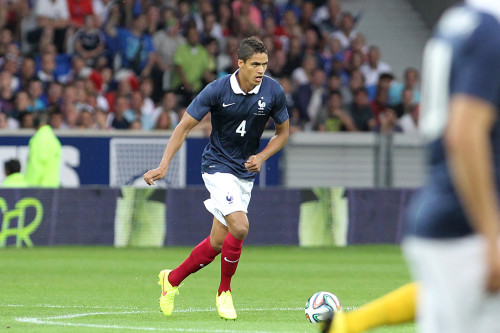 Another summer in north London, another marquee signing. The once-famously stingy Arsene Wenger has returned to Spain to make another big-money purchase – though, if last year’s club-record buy, Mesut Ozil, might be considered somewhat overpriced after a largely underwhelming maiden campaign, then the £31.8 million capture of Alexis Sanchez could even stray into bargain territory. The Chile international was one of La Liga’s standout performers last season, out-scored by just three players in the division as well as providing 10 assists – only Lionel Messi had a more productive season for Barcelona. He also brings an electric pace and quick-footed trickery of which Arsenal were severely starved last season, especially while Theo Walcott was sidelined. It finally feels as though the Gunners have found the attacker they need to mastermind a title challenge that lasts beyond February, a player with the dynamism and venom to fill a void that has existed since Robin van Persie moved to Manchester United two years ago.
Another summer in north London, another marquee signing. The once-famously stingy Arsene Wenger has returned to Spain to make another big-money purchase – though, if last year’s club-record buy, Mesut Ozil, might be considered somewhat overpriced after a largely underwhelming maiden campaign, then the £31.8 million capture of Alexis Sanchez could even stray into bargain territory. The Chile international was one of La Liga’s standout performers last season, out-scored by just three players in the division as well as providing 10 assists – only Lionel Messi had a more productive season for Barcelona. He also brings an electric pace and quick-footed trickery of which Arsenal were severely starved last season, especially while Theo Walcott was sidelined. It finally feels as though the Gunners have found the attacker they need to mastermind a title challenge that lasts beyond February, a player with the dynamism and venom to fill a void that has existed since Robin van Persie moved to Manchester United two years ago.
Sanchez ticks swathes of boxes that their much-maligned and barely mobile spearhead, Olivier Giroud, has failed to since Van Perse’s departure. The former Udinese man has the speed and movement to create a more fluid, interchanging front line, he is a far more clinical finisher than his new team-mate (almost a third of his Primera Division shots last term resulted in goals) and he is less of a choker than Giroud, converting 52 per cent of his big chances compared to just 27% for the Frenchman. It is easy, therefore, to see why Wenger is already hatching a plan to convert Sanchez into a line-leading frontman, just as he did with Van Persie and Thierry Henry previously.
On the surface, that makes an enormous amount of sense: Sanchez has the athleticism and predatory instincts required, while his output last season more than matched Van Persie in his prime. The Chilean scored from open play just seven minutes less regularly than the Dutchman did in his final, 30-goal season at the Emirates Stadium and he also boasted better shooting accuracy and conversion rates. However, moulding Sanchez into an out-and-out forward feels like a waste of his exhilarating and ultimately creative talents. The 25-year-old is an assists machine in the red-and-blue of Chile, dovetailing wonderfully with the nippy Eduardo Vargas. Sanchez thrives when there is movement ahead of him, runners to pick out, but would be denied that luxury if pushed into the most advanced role. There is a sense that he prefers setting goals up to scoring them, too – which is partly why his conversion rate is so strong, predominantly shooting when no other options are available. In fact, Sanchez took just 66 shots last season; across Europe’s top five leagues, 127 players attempted more, but only 10 out-scored the Chilean.
Since moving to Europe, Sanchez has never averaged more than 2.3 shots per game in a single season. For comparison, last term’s Premier League top scorer, Luis Suarez, has averaged 4.8 shots per game since joining Liverpool, while Van Persie, in 2011-12, averaged 4.6. The Chilean, not necessarily a hugely instinctive player around goal, would have to become significantly more selfish to reach that level. Moreover, despite his wonderful low centre of gravity and bullish, powerful physique, there are question-marks over how suited he is to leading the line in the Premier League, even if the pace and intensity of matches should be a perfect fit. At 5ft7in, he is significantly shorter than Van Persie and Henry and many forwards of his build – Manchester City’s Sergio Aguero, for example – have needed a more rugged strike partner alongside them to flourish.
Perhaps, then, the only transformation Wenger needs to work on is extracting more of the risk-taking flair and unshackled responsibility that Sanchez shows for the national team and which has been chipped away by Barcelona, to ensure that his latest recruit becomes the leader of the Arsenal attack, if not the leader of the line. Playing off the right wing for the Catalans, Sanchez was part of a structure built for, and around, Messi. Barca’s attack lives to serve the Argentine, while there is a degree of caution about the way the side use the ball, declining to take risks. That has particularly stifled Sanchez’s willingness to take players on; in his three years at Barcelona he dribbled past an opponent, on average, just 0.9 times per match, over three times less than he did in his final season at Udinese.
But for La Roja he is a different beast entirely, more adventurous, more boom-or-bust and more talismanic. His greater willingness to take risks and ownership of matches was evident at a World Cup in which he shone. Only Messi (5.5) averaged more dribbles per match than Sanchez (five), while no player was dispossessed more often (29 times in four outings) or fouled more regularly (six per match) than the Chilean either.
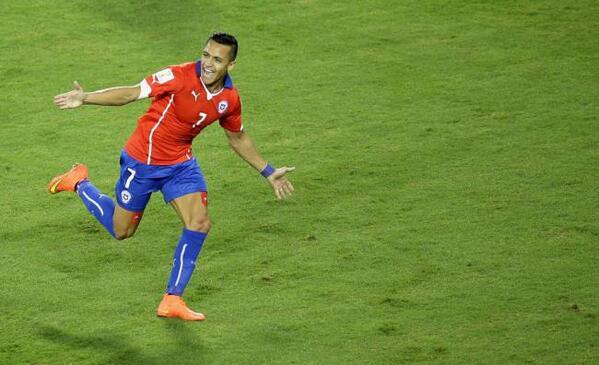 Curiously, the ultra-efficient, more conservative Sanchez that has ultimately existed in the shadow of Messi might have appealed more to Wenger just a few years ago but the Frenchman has progressively become less obsessed by ball retention and more enveloped by a speed and intensity, the kind that was bred into Sanchez by Marcelo Bielsa and harnessed further by Jorge Sampaoli.
Curiously, the ultra-efficient, more conservative Sanchez that has ultimately existed in the shadow of Messi might have appealed more to Wenger just a few years ago but the Frenchman has progressively become less obsessed by ball retention and more enveloped by a speed and intensity, the kind that was bred into Sanchez by Marcelo Bielsa and harnessed further by Jorge Sampaoli.
Sanchez can add an extra dimension to the Arsenal attack, more pace and a ferocity in transition, and the prospect of the Chilean linking with the cerebral Ozil, deprived of a player of Sanchez’s similar cunning in attack, as well as the lightning-quick Walcott is frightening. The latter could be Sanchez’s new Vargas, a player who will welcome his new team-mate’s quick, incisive passing, having previously seen his darting runs go unseen, or even ignored. That said, it is hard to escape the feeling that Giroud is far too static a target for this new-look Arsenal – he moves almost as slowly as the London Eye, which he adorned on Thursday night as part of the club’s new kit unveiling.
Sanchez, then, has the capacity to transform Arsenal’s attack. He might not complete the puzzle entirely on his own – and could prosper more in a freer, supporting role behind a more traditional No.9 rather than leading the line as Wenger intends – but he brings a combination of goal threat, trickery and explosiveness that could light the fuse on a serious title tilt next season.
Written by Nadeem – @nadz_robbani//@100PercentAFC
Follow us on Twitter – @futbolafterdark


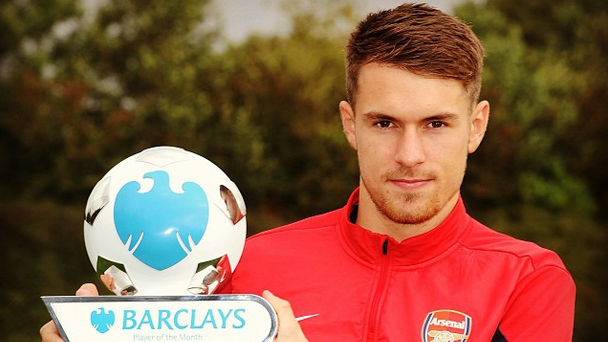

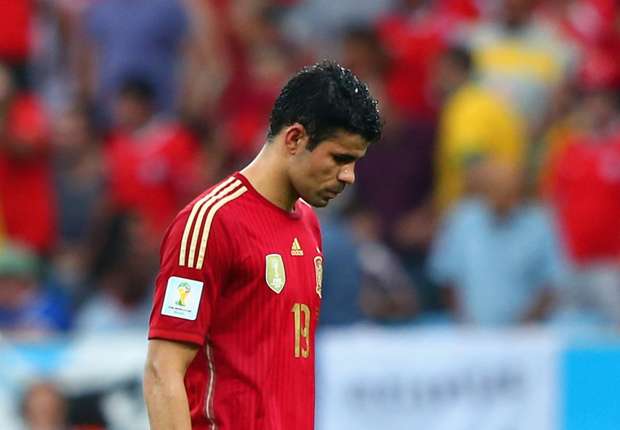
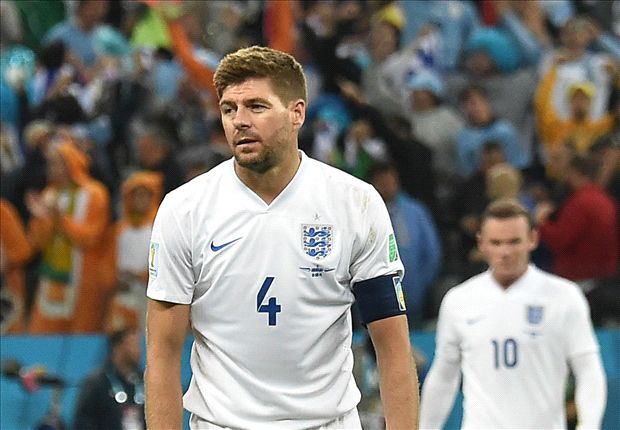
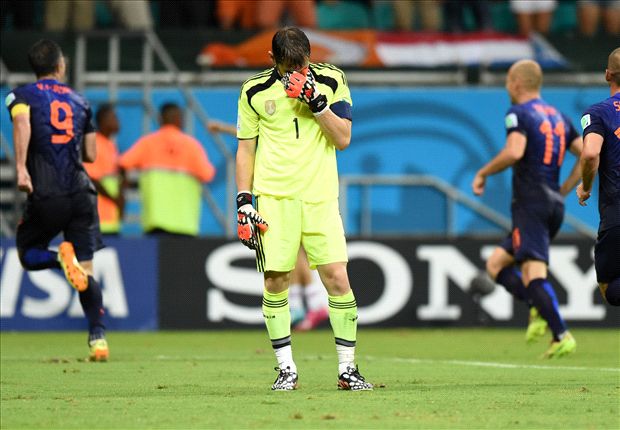







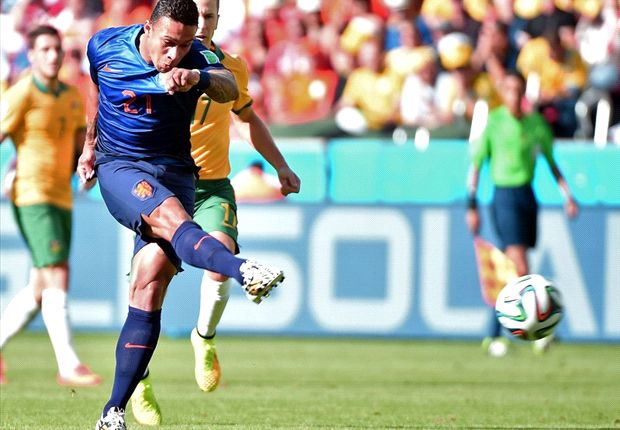 Netherlands may not be playing Total Football this year but the new 5-3-2 system has tested opponents in a range of other ways. First-choice attacking duo Robin van Persie and Arjen Robben have rightly taken the plaudits for their ability to create and take chances but Memphis Depay has been Holland’s impact substitute extraordinaire at these finals.
Netherlands may not be playing Total Football this year but the new 5-3-2 system has tested opponents in a range of other ways. First-choice attacking duo Robin van Persie and Arjen Robben have rightly taken the plaudits for their ability to create and take chances but Memphis Depay has been Holland’s impact substitute extraordinaire at these finals.



